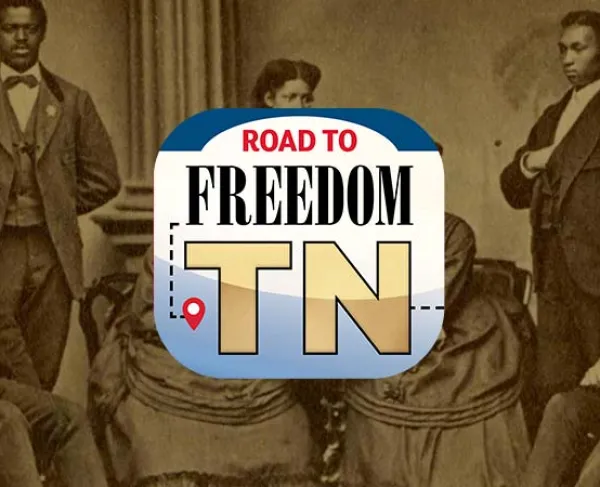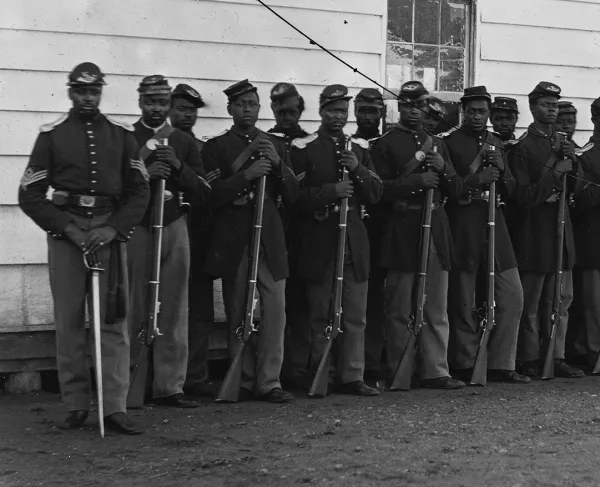Johnsonville State Historic Park
Tennessee
90 Nell Beard Road
New Johnsonville, TN 37134
United States
This heritage site is a part of the American Battlefield Trust's Road to Freedom: Tennessee Tour Guide app, which showcases sites integral to the Black experience during the Civil War era. Download the FREE app now.

In late 1864, the depot where the Nashville and Northwestern Railroad met the Tennessee River was key to Union battle plans and a target for Confederate disruption. Here at the Battle of Johnsonville, United States Colored Troops (USCT) and impressed African American laborers defended what they built.
Confederate Gen. Nathan Bedford Forrest’s 3,000 raiders approached Johnsonville in late October 1864. Facing them were a combined Union land and naval force of some 2,000 men — the majority represented by the 12th, 13th, and 100th USCT and Black quartermaster laborers now charged with defending the depot, railroad, and fortifications they had spent the previous months constructing. Battery A of the 2nd U.S. Colored Light Artillery arrived with other reinforcements. At least 42 Black sailors served on the “tinclad” Union navy gunboats patrolling the river.
Before the battle, Confederates captured the Union gunboat Undine and transport steamer Venus downriver and headed upriver to attack Johnsonville. The Union gunboats Tawah and Key West intercepted the captured vessels on November 2, recapturing the Venus. The next evening, after a standoff on the water, the Confederates covertly placed artillery batteries on the western shore opposite the depot.
At 2 pm on November 4, after the Union gunboats, including the Elfin, and six more coming from Paducah, forced the Confederates to ground and burn the Undine, the Confederate artillery opened a surprise barrage “like hailstones” on the “tinclads” and transport vessels, the depot, and its fortifications. Yet much of the damage was self-inflicted. To keep them out of Confederate hands, the Union burned the battle-damaged gunboats and transports, spreading fire to some docks and warehouses.
The Confederates withdrew, having disrupted the supply line with heavy Federal property losses — including vessels — but relatively few casualties on either side. The Black troops gained experience and respect that served them well a month later at the Battle of Nashville.
After defending Nashville and pushing the Confederates out of Tennessee, some 13th USCT soldiers returned here to guard the depot and railroad through the end of the war. Once discharged, some like Dempsey Green and Washington Cumack made Johnsonville their home — a community that included a Freedman’s Bureau school and an African Methodist Church.
Today you can visit this state park to explore museum exhibits and waysides, see the surviving fortifications and rail beds that Black soldiers and labors built, and perhaps participate in the ongoing rediscovery and preservation of this stop on the “Road to Freedom.”




